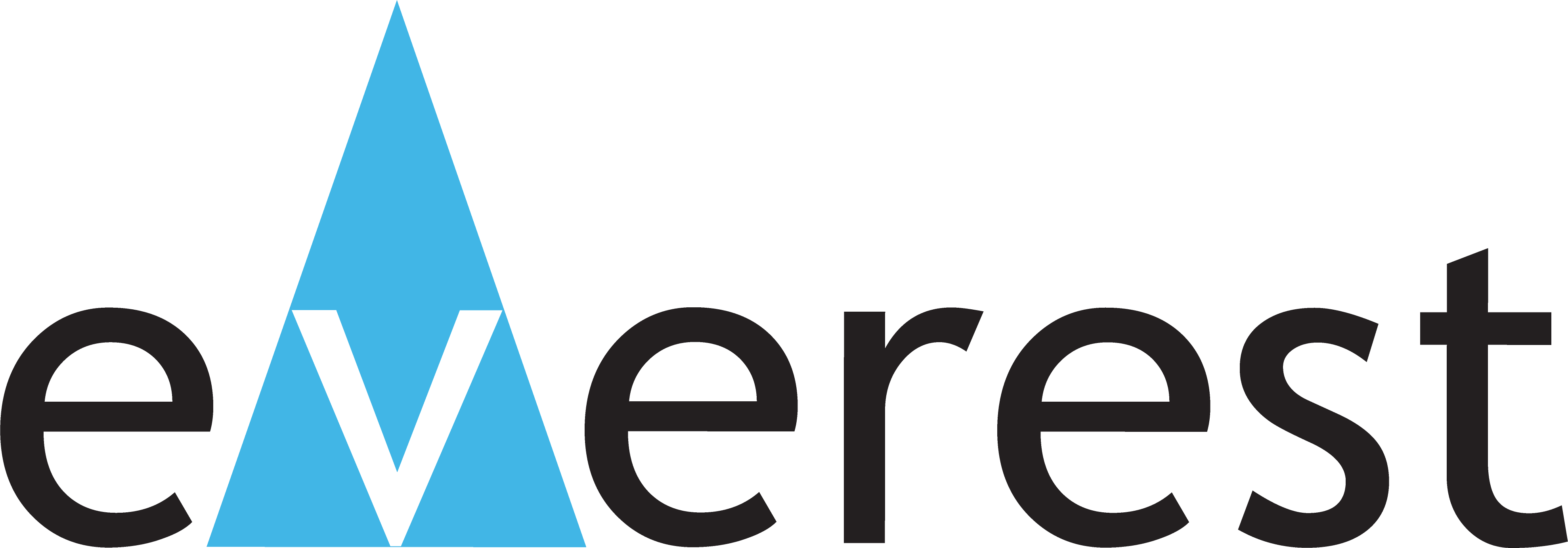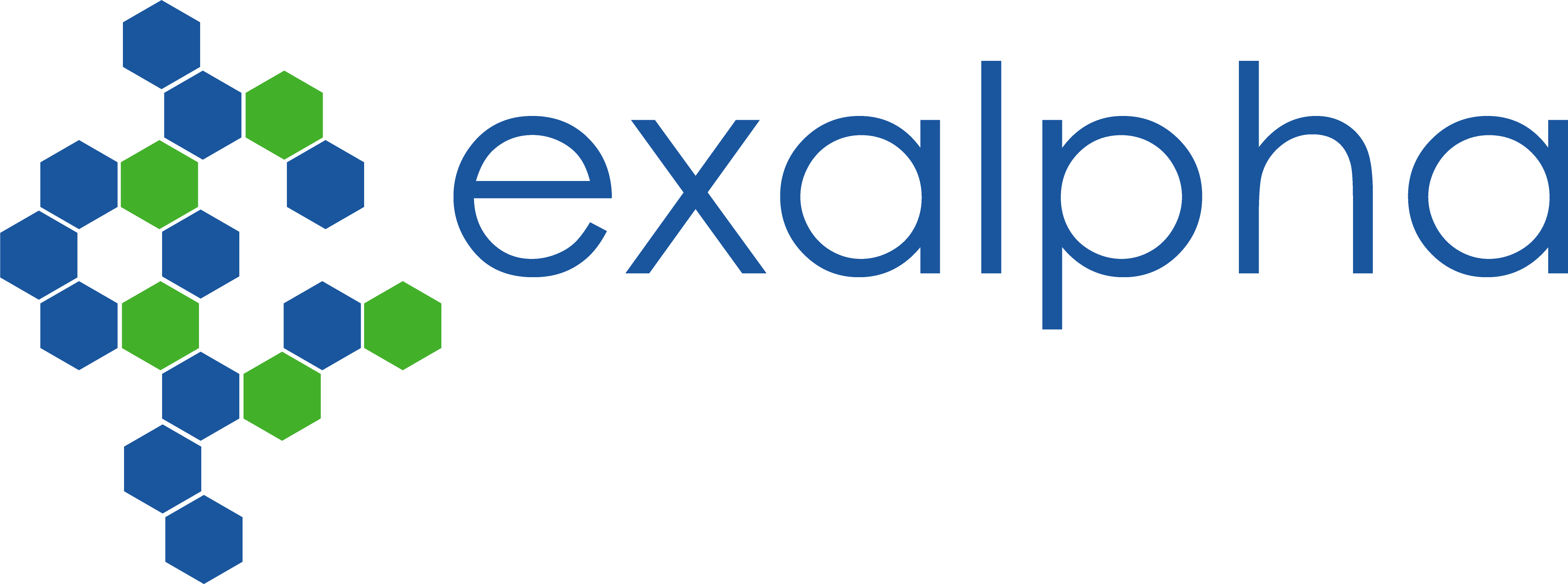order histories, retained contact details for faster checkout, review submissions, and special promotions.
Forgot password?
order histories, retained contact details for faster checkout, review submissions, and special promotions.
Locations
Orders Processing,
Shipping & Receiving,
Warehouse
2 Shaker Rd Suites
B001/B101
Shirley, MA 01464
Production Lab
Floor 6, Suite 620
20700 44th Avenue W
Lynnwood, WA 98036
Telephone Numbers
Tel: +1 (206) 374-1102
Fax: +1 (206) 577-4565
Contact Us
Additional Contact Details
order histories, retained contact details for faster checkout, review submissions, and special promotions.
Forgot password?
order histories, retained contact details for faster checkout, review submissions, and special promotions.
RANGAP1
Ran GTPase activating protein 1
RanGAP1, is a homodimeric 65-kD polypeptide that specifically induces the GTPase activity of RAN, but not of RAS by over 1000-fold. RanGAP1 is the immediate antagonist of RCC1, a regulator molecule that keeps RAN in the active, GTP-bound state. The RANGAP1 gene encodes a 587-amino acid polypeptide. The sequence is unrelated to that of GTPase activators for other RAS-related proteins, but is 88% identical to Fug1, the murine homolog of yeast Rna1p. RanGAP1 and RCC1 control RAN-dependent transport between the nucleus and cytoplasm. RanGAP1 is a key regulator of the RAN GTP/GDP cycle.
| Gene Name: | Ran GTPase activating protein 1 |
| Synonyms: | RANGAP1, Fug1, KIAA1835, SD, Segregation distortion, Segregation distorter homolog |
| Target Sequences: | NM_002883 NP_002874.1 P46060 |
Your search did not match any products.
If you do not find the reagent or information you require, please contact Customer.Support@LSBio.com to inquire about additional products in development.









